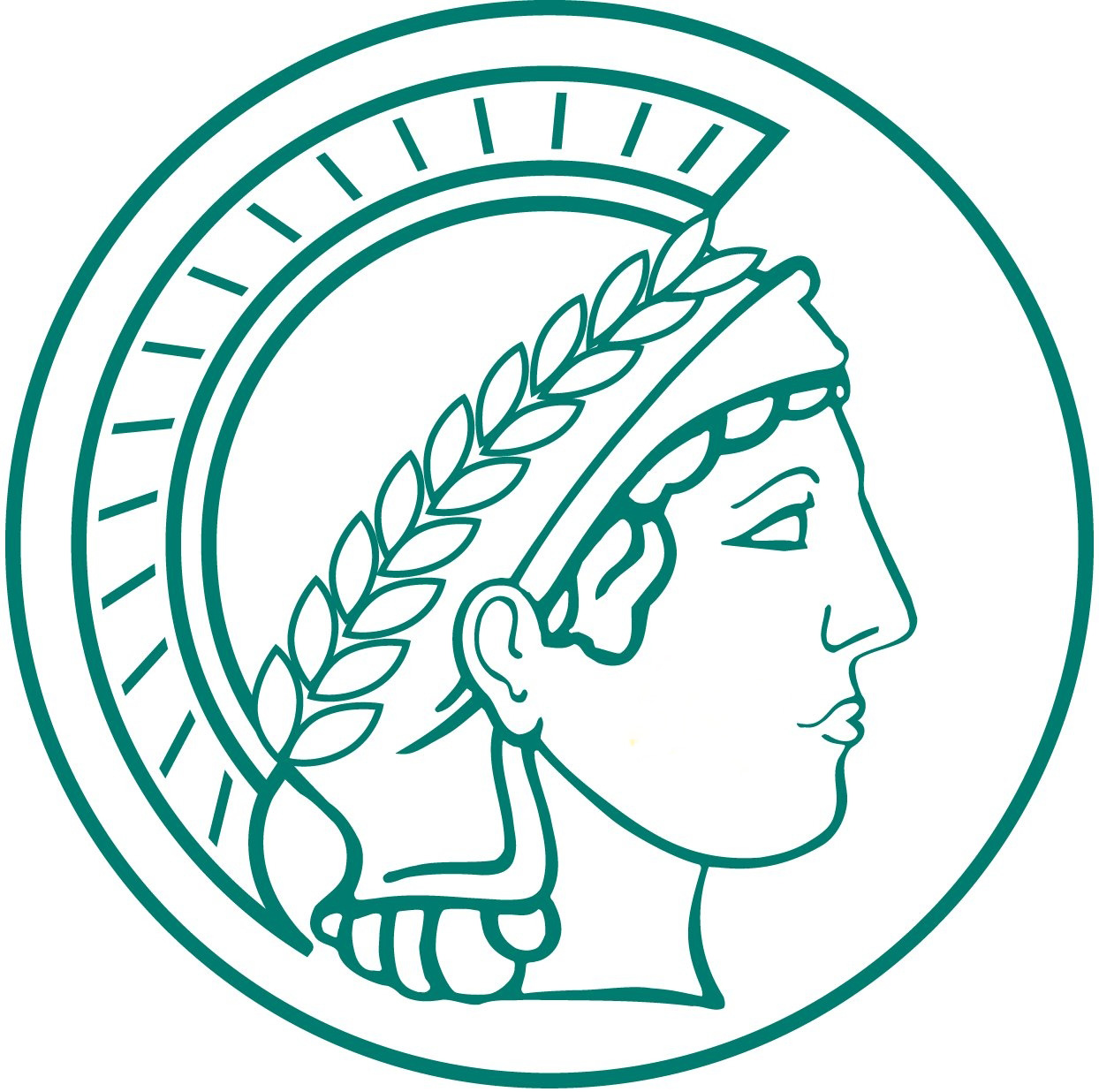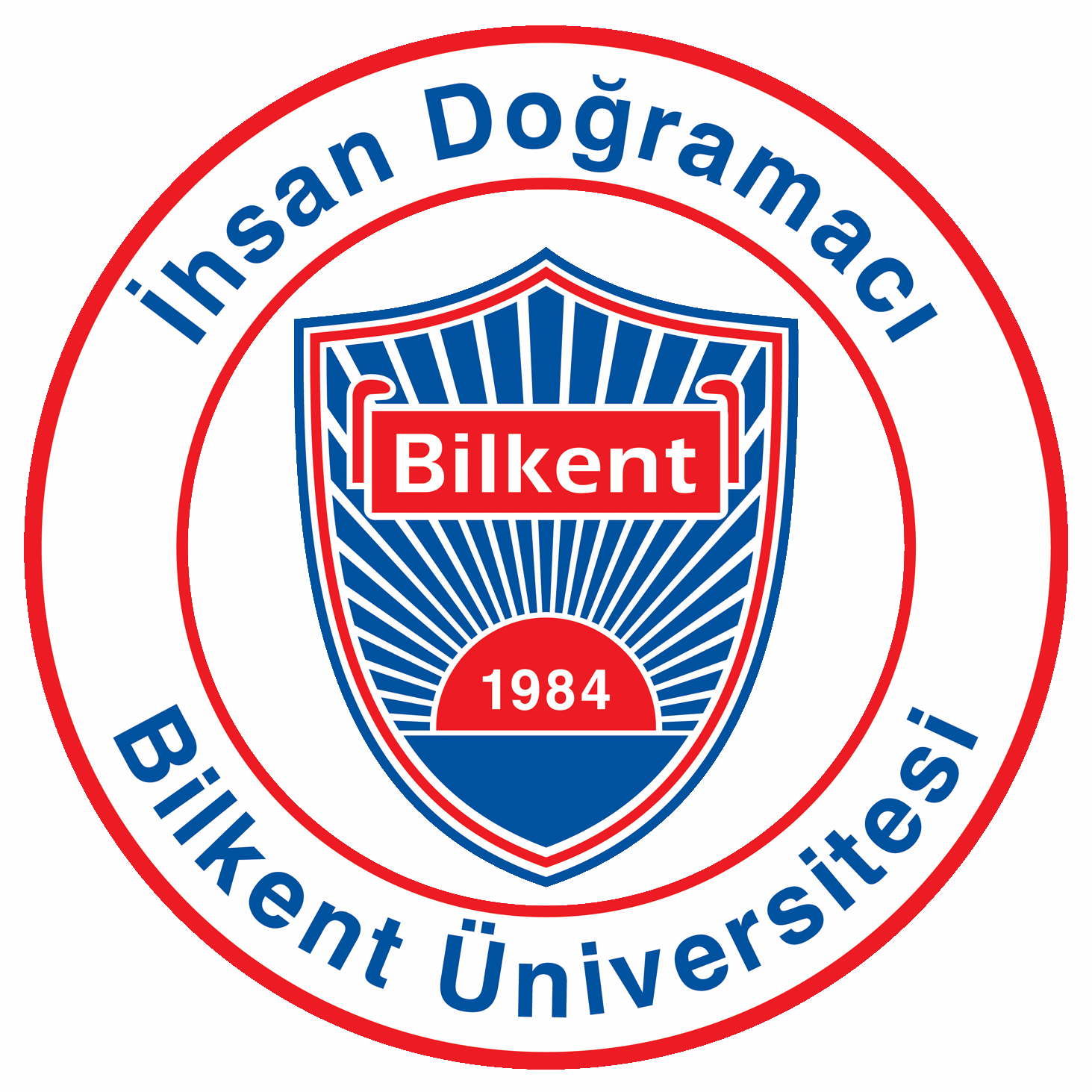NEWS ARCHIVE:
April 2019

Rydberg bubble chambers
Rydberg excitation in BEC has become experimental state of the art [1], yet Rydberg and BEC physics largely remain separate due to the very different energy scales involved. Our recent work proposes to change that through a two stage process: (i) On the short time-scale (microseconds) of Rydberg physics one can create mobile impurities, which leave their mark on the host-BEC through inter-atomic collisions. (ii) The ensuing tracks are then turned into large signals by the much slower BEC response (milliseconds). This widely opens a new field of genuine Rydberg-BEC physics and provides a platform to explore just recently discovered ultra-cold inelastic reactions [2][3]. The whole idea is reminiscent of bubble chambers from the early days of particle physics (see above), where also a high(er) energy excitation leaves marks of their passing in the sourrounding medium. [URL]
Mar 2018
Workshop announcement
In October 2018, IISER Bhopal is going to host the
 Please follow this link for further information.
Please follow this link for further information.
Jan 2018

Rydberg aggregates
Our review article on one of our central topics of research, Rydberg aggregates, finally got published, please see [URL]. Feedback welcome.
Oct 2018
Congratulations to Shivakant, for the best poster award at the IISER physics symposium.
Jul 2017


MPG-IISER Partner group
We have been awarded the status of Max-Planck-IISER partner group ( [URL]), paired with Prof. J.-M. Rost at the Max-Planck Institute for the Physics of Complex Systems in Dresden, Germany.
June 2017

Quantum Zeno suppression of intra-molecular forces
We show that Born-Oppenheimer surfaces can intrinsically decohere, implying loss of coherence among constituent electronic basis states. We consider the example of inter-atomic forces due to resonant dipole-dipole interactions within a dimer of highly excited Rydberg atoms, embedded in an ultra-cold gas. These forces rely on a coherent superposition of two-atom electronic states, which is destroyed by continuous monitoring of the dimer state through a detection scheme utilizing the background gas atoms. We show that this intrinsic decoherence of the molecular energy surface can gradually deteriorate a repulsive dimer state, causing a mixing of attractive and repulsive character. For sufficiently strong decoherence, a Zeno-like effect causes a complete cessation of interatomic forces. We finally show how short decohering pulses can controllably redistribute population between the different molecular energy surfaces. [URL]
April 2017

On-chip quantum tomography of mechanical nano-scale oscillators with guided Rydberg atoms
Nano-mechanical oscillators as well as Rydberg-atomic waveguides hosted on micro-fabricated chip surfaces hold promise to become pillars of future quantum technologies. In a hybrid platform with both, we show that beams of Rydberg atoms in waveguides can quantum-coherently interrogate and manipulate nanomechanical elements, allowing full quantum state tomography. Central to the tomography are quantum non-demolition measurements using the Rydberg atoms as probes. Quantum coherent displacement of the oscillator is also made possible, by driving the atoms with external fields while they interact with the oscillator. We numerically demonstrate the feasibility of this fully integrated on-chip control and read-out suite for quantum nano-mechanics, taking into account noise and error sources. [URL]
October 2016


Non-Hermitian matter wave mixing in Bose Einstein condensates: dissipation induced amplification
We investigate the nonlinear scattering dynamics in interacting atomic Bose-Einstein condensates under non-Hermitian dissipative conditions. We show that by carefully engineering a momentum-dependent atomic loss profile one can achieve matter-wave amplification through four wave mixing in a one-dimensional quasi free-space setup - a process that is forbidden in the counterpart Hermitian systems due to energy mismatch. Additionally, we show that similar effects lead to rich nonlinear dynamics in higher dimensions. Finally, we propose a physical realization for selectively tailoring the momentum-dependent atomic dissipation. Our strategy is based on a two step process: (i) exciting atoms to narrow Rydberg- or metastable excited states, and (ii) introducing loss through recoil; all while leaving the bulk condensate intact due to protection by quantum interference. [URL]
October 2016
 →
→ 
We have relocated to IISER Bhopal, from Bilkent University in Ankara, Turkey.
May 2016

Exciton induced directed motion of unconstrained atoms in an ultracold gas
We demonstrate, that through localized Rydberg excitation in a three-dimensional cold atom cloud, atomic motion can be rendered directed and nearly confined to a plane without spatial constraints for the motion of individual atoms. This enables creation and observation of non-adiabatic electronic Rydberg dynamics in atoms accelerated by dipole-dipole interactions under natural conditions. Using the full l=0,1 m=-1,0,1 angular momentum state space, our simulations show that conical intersection crossings are clearly evident, both in atomic mean position information and excited state spectra of the Rydberg system. This suggests Rydberg aggregates as a test-bench for quantum chemical effects in experiments on much inflated length scales as compared to the standard molecular situation. [URL]
February 2016

Coupling of a nanomechanical oscillator and an atomic three-level medium
We now venture into opto-mechanics: We theoretically investigate the coupling of an ultracold three-level atomic gas and a nanomechanical mirror via classical electromagnetic radiation. The radiation pressure on the mirror is modulated by absorption of a probe light field, caused by the atoms which are electromagnetically rendered nearly transparent, allowing the gas to affect the mirror. In turn, the mirror can affect the gas as its vibrations generate optomechanical sidebands in the control field. We show that the sidebands cause modulations of the probe intensity at the mirror frequency, which can be enhanced near atomic resonances. Through the radiation pressure from the probe beam onto the mirror, this results in resonant driving of the mirror. Controllable by the two-photon detuning, the phase relation of the driving to the mirror motion decides upon amplification or damping of mirror vibrations. This permits direct phase locking of laser amplitude modulations to the motion of a nanomechanical element opening a perspective for cavity-free cooling through coupling to an atomic gas. [URL]
January 2016
 →
→ 
We have relocated to Bilkent University, from the MPIPKS in Dresden, Germany.
March 2015

Quantum Simulation of Energy Transport with Embedded Rydberg Aggregates
We show that an array of ultracold Rydberg atoms embedded in a laser driven background gas can serve as an aggregate for simulating exciton dynamics and energy transport with a controlled environment. Energetic disorder and decoherence introduced by the interaction with the background gas atoms can be controlled by the laser parameters. This allows for an almost ideal realization of a Haken-Reineker-Strobl-type model for energy transport. The transport can be monitored using the same mechanism that provides control over the environment. The degree of decoherence is traced back to information gained on the excitation location through the monitoring, turning the setup into an experimentally accessible model system for studying the effects of quantum measurements on the dynamics of a many-body quantum system. [URL]
February 2015

Phase-Imprinting of Bose-Einstein Condensates with Rydberg Impurities
We show how the phase profile of Bose-Einstein condensates can be engineered through its interaction with localized Rydberg excitations. The interaction is made controllable and long-range by off-resonantly coupling the condensate to another Rydberg state. Our technique allows the mapping of entanglement generated in systems of few strongly interacting Rydberg atoms onto much larger atom clouds in hybrid setups. As an example we discuss the creation of a spatial mesoscopic super- position state from a bright soliton. Additionally, the phase imprinted onto the condensate using the Rydberg excitations is a diagnostic tool for the latter. For example a condensate time-of-flight image would allow the reconstruction of an embedded Rydberg crystal pattern. [URL]
November 2014

Switching exciton pulses through conical intersections
Exciton pulses transport excitation and entanglement adiabatically through Rydberg aggregates, assemblies of highly excited light atoms, which are set into directed motion by resonant dipole-dipole interaction. Here, we demonstrate the coherent splitting of such pulses as well as the spatial segregation of electronic excitation and atomic motion. Both mechanisms exploit local non-adiabatic effects at a conical intersection, turning them from a decoherence source into an asset. The intersection provides a sensitive knob controlling the propagation direction and coherence properties of exciton pulses. [URL]
May 2013

Entangling distant atom clouds through Rydberg dressing
In Rydberg dressed ultracold gases, ground-state atoms inherit properties of a weakly admixed Rydberg state, such as sensitivity to long-range interactions. We show that through hyperfine-state-dependent interactions, a pair of atom clouds can evolve into a spin and subsequently into a spatial mesoscopic superposition state: The pair is in a coherent superposition of two configurations, with cloud locations separated by micrometers. The mesoscopic nature of the state can be proven with absorption imaging, while the coherence can be revealed though recombination and interference of the split wave packets. [URL]
April 2011

Conical intersections in an ultracold gas
We find that energy surfaces of more than two atoms or molecules interacting via dipole-dipole potentials generically possess conical intersections (CIs). Typically only few atoms participate strongly in such an intersection. For the fundamental case, a circular trimer, we show how the CI affects adiabatic excitation transport via electronic decoherence or geometric phase interference. These phe- nomena may be experimentally accessible if the trimer is realized by light alkali atoms in a ring trap, whose dipole-dipole interactions are induced by off-resonant dressing with Rydberg states. Such a setup promises a direct probe of the full many-body density dynamics near a conical intersection. [URL]
July 2010

Communicating quantum properties through Newton's cradle
The metal balls that swing against one another in a classical cradle only exchange energy and momentum. We proposed a microscopic version of Newton's cradle made of highly excited Rydberg atoms. We find that these atoms additionally transport delicate quantum properties such as coherence and entanglement. Entanglement is a crucial ingredient of quantum computing and may even be involved in of the most important processes of life: photosynthesis. Thus, systems to control or study its migration may be of great relevance. [URL]
